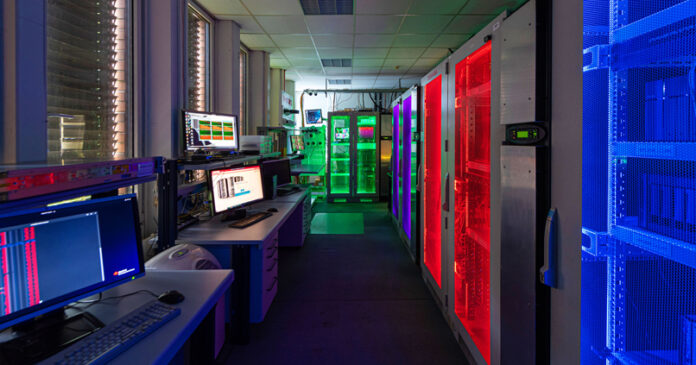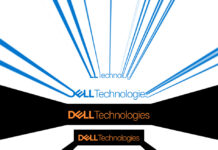Toshiba has doubled down on the future of spinning rust by opening an HDD Innovation Lab in Germany.
The Dusseldorf site will expand Toshiba Electronics Europe’s “evaluation” services for customers across Europe and the Middle East for chunkier storage installations where it makes sense to use traditional platter-based drives rather than their trendier, flash-based cousins.
The biggest tech infrastructure projects – the AI factories and datacentres attracting economy destabilizing levels of capital investment – are generally thought of as flash only zones.
But Rainer Kaese, senior manager for HDD business development at Toshiba, said the growing amount of data being stored, including for AI, was too great for flash alone to support. This was partly because of cost – HDD is one seventh of the cost of flash – and partly because: “The flash industry is not be able to manufacture enough capacity to satisfy the growing demand, and still will not be for a significant while.”
He said SSDs had a speed advantage, “Which makes them the best choice for local/server attached working storage”. Capacity requirements here are moderate, he continued, so the high cost of SSD capacity can be “offset” by the performance gain over HDD local storage.
Yet for “big data” capacity requirements in the petabyte range, SSD would be too expensive while the performance premium is not necesary. Not least as many HDDs can be run in parallel.
“We have demonstrated that 60 HDDs in ZFS software defined storage can fill the entire speed of a 100GbE network,” he said.
Meanwhile, HDD costs have remained stable, while capacity has shot up. “There are 100+TB SSDs, but they cost several 10k+ dollars.”
The lab will focus on configuration evaluations for RAID, scale up and scale out storage systems, for enterprise, datacenter and cloud applications. It will also carry out evaluations on smaller “vertical” applications such as Soho NAS and video surveillance, ie. digital video recorder, network video recorder.
Kaese said the lab has single node systems running up to 78 disks, providing up to 2 Petabyte of storage with today’s high-capacity HDDs. “For scale out we are operating a basic CEPH cluster with three nodes and 36 HDDs,” he said, which will be expanded in the future.
The company already operates a smaller lab in Dubai. Its lab programme has hitherto thrown up innovations, he said, such as optimizing the number of HDDs for the highest possible performance.
“[We] found that a typical configuration of four HDDs (ie. in small Soho NAS) can fill the 10GbE networks. 12 HDDs match the 25GbE of Enterprise networks, and 60 HDDs would require high end 100GbE network speed to unleash the full performance of the many combined HDDs.”
Western Digital also pushed more rust into the market this week, aimed squarely at the creative sector.
These include the $8,199.99 208TB G-RAID Shuttle 8 designed for “massive storage and seamless backup consolidation – whether on location or in the studio”. It offers 1700MB/s read and 1500MB/s write in RAID 5. A 104TB device is also available.
It also unwrapped G-Drive Project devices sporting 52TB or 26TB capacities. And it has introduced the 26TB WD Red Pro HDD for NAS environments, priced at $569.99.
The move comes after IBM storage bloggers Barry Whyte and Andrew Martin were widely quoted last month saying “the writing is on the wall for spinning rust.” But then again, it always has been.








